Local Pols Ask Feds to Advise on Impact of Gowanus Rezoning on Superfund Cleanup
Elected officials are asking the federal government’s Environmental Protection Agency to ensure that a potential influx of 20,000 new residents won’t cause further pollution and undo the waterway’s ongoing federal Superfund cleanup.

Photo by Susan De Vries
The controversial neighborhood-wide Gowanus rezoning is back in the spotlight, as local electeds are asking the federal government’s Environmental Protection Agency to ensure that an influx of 20,000 new residents won’t cause further pollution and undo the waterway’s ongoing federal Superfund cleanup.
A May 21 letter — signed by by councilmembers Brad Lander and Stephen Levin, along with state Sen. Jabari Brisport, Assemblymember Jo Anne Simon, and Rep. Nydia Velázquez — to EPA acting regional administrator Walter Mugdan, requests the environmental cleanup team give its two cents on the contested land use changes.
“The review process should be guided by the EPA’s assessment of whether or not the plan is consistent with Superfund requirements and will protect the Superfund remedy,” reads the missive. “Therefore, we would like EPA’s assessment of the City’s claim that the rezoning will contribute to a cleaner canal, and result in a more sustainable, resilient, and healthy community in the coming decades.”
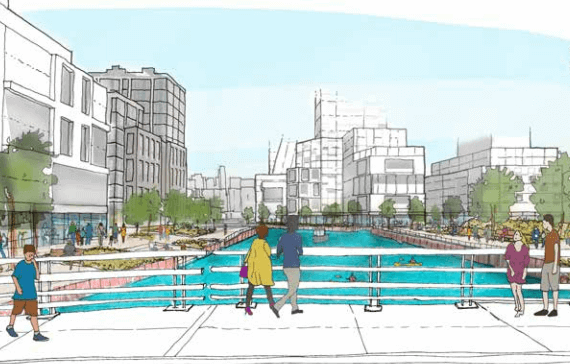
The politicos asked EPA to provide a written review of the rezoning, which officially started its roughly seven-month land use review on April 19, and its lengthy accompanying Environmental Impact Statement, with a focus on sewage and stormwater overflows, flooding, and redevelopment of polluted sites.
Currently, some 363 million gallons of raw sewage and polluted run-off, or combined sewer overflow, runs into the canal each year during rainfall, making up a key part of the channel’s pollution, according to stewards with the Gowanus Canal Conservancy.
Officials with the Department of City Planning, the rezoning’s lead agency, claimed that redeveloping the industrial lots along the canal into residential buildings will actually reduce the amount of CSOs by 5 million gallons a year due to the so-called Unified Stormwater Rule, an unrelated incoming citywide law that would require developers to construct their buildings in a way that captures stormwater, using infrastructure such as tanks or rooftop gardens.
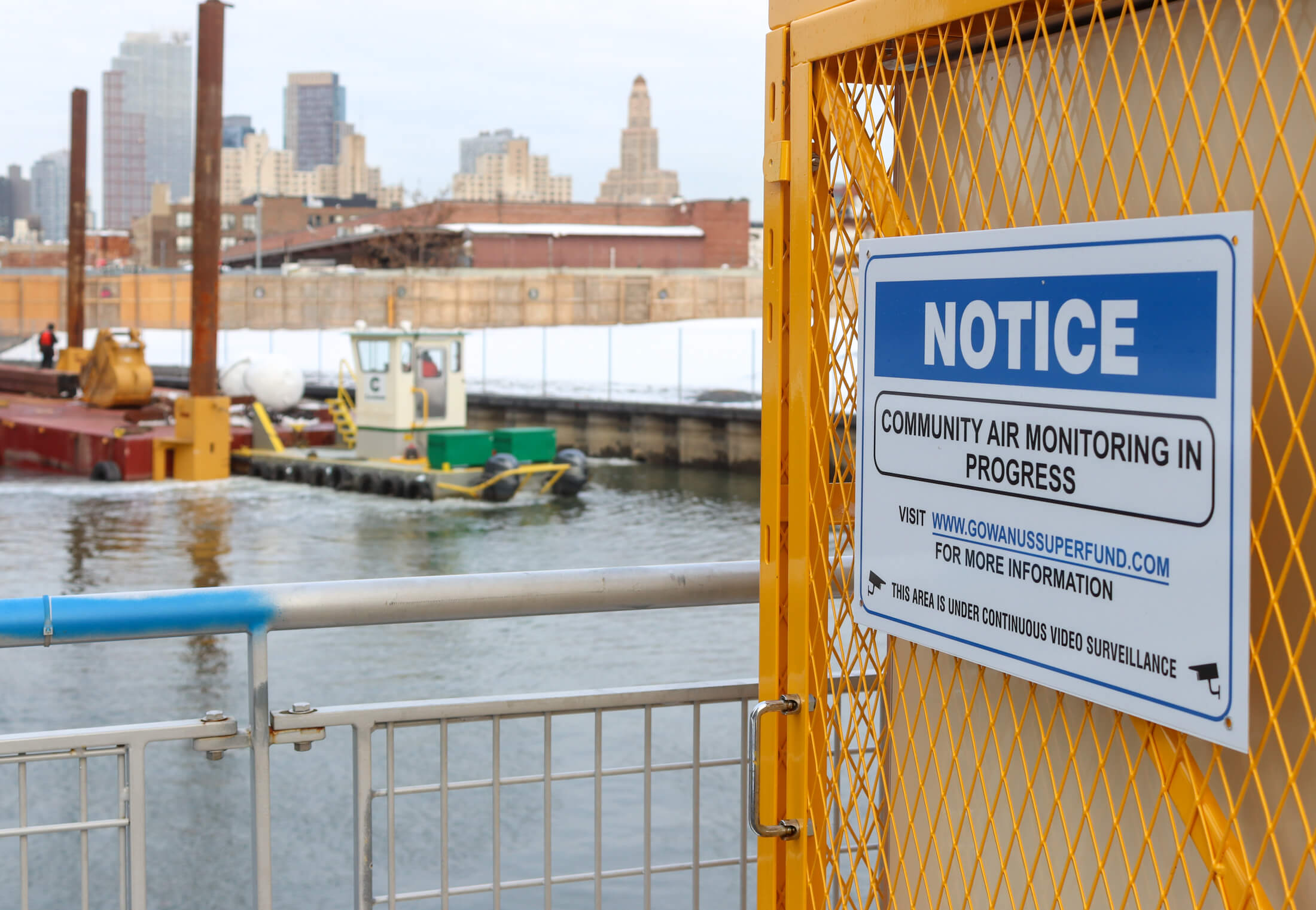
The city is also on the hook to build two massive capture tanks to reduce CSOs as part of the Superfund cleanup, but city officials have squabbled with their EPA counterparts on the timeline for those catch basins.
In the Friday letter, the politicians want EPA to check whether the changes could cause the ratio of stormwater runoff to sewage to change, worrying that even if there’s less CSO overall, more sewage proportionally could be flowing into the Gowanus.
“With the projected increase in sanitary flow and the reduction of stormwater under the new rule, what is the anticipated ratio of sewage to stormwater in future CSO loadings compared to present ones? What will the impact be on water quality,” they ask.
The letter raises the concern of added pollution during the time period when development rises along the canal but before the two CSO tanks are slated to be online in 2028 and 2029.
The Superfund’s 2013 masterplan, the Record of Decision in jargon, already spelled out that the city must ensure additional development does not overload the tanks and compromise the cleanup, something the agency and local watchdogs have repeatedly stressed.
They also ask EPA to review the protections along the waterfront, including the planned development-funded canal-side esplanade and nearby hotspots for flooding, such as near 4th Avenue and Carroll Street, which was waterlogged during summer storms in 2019.
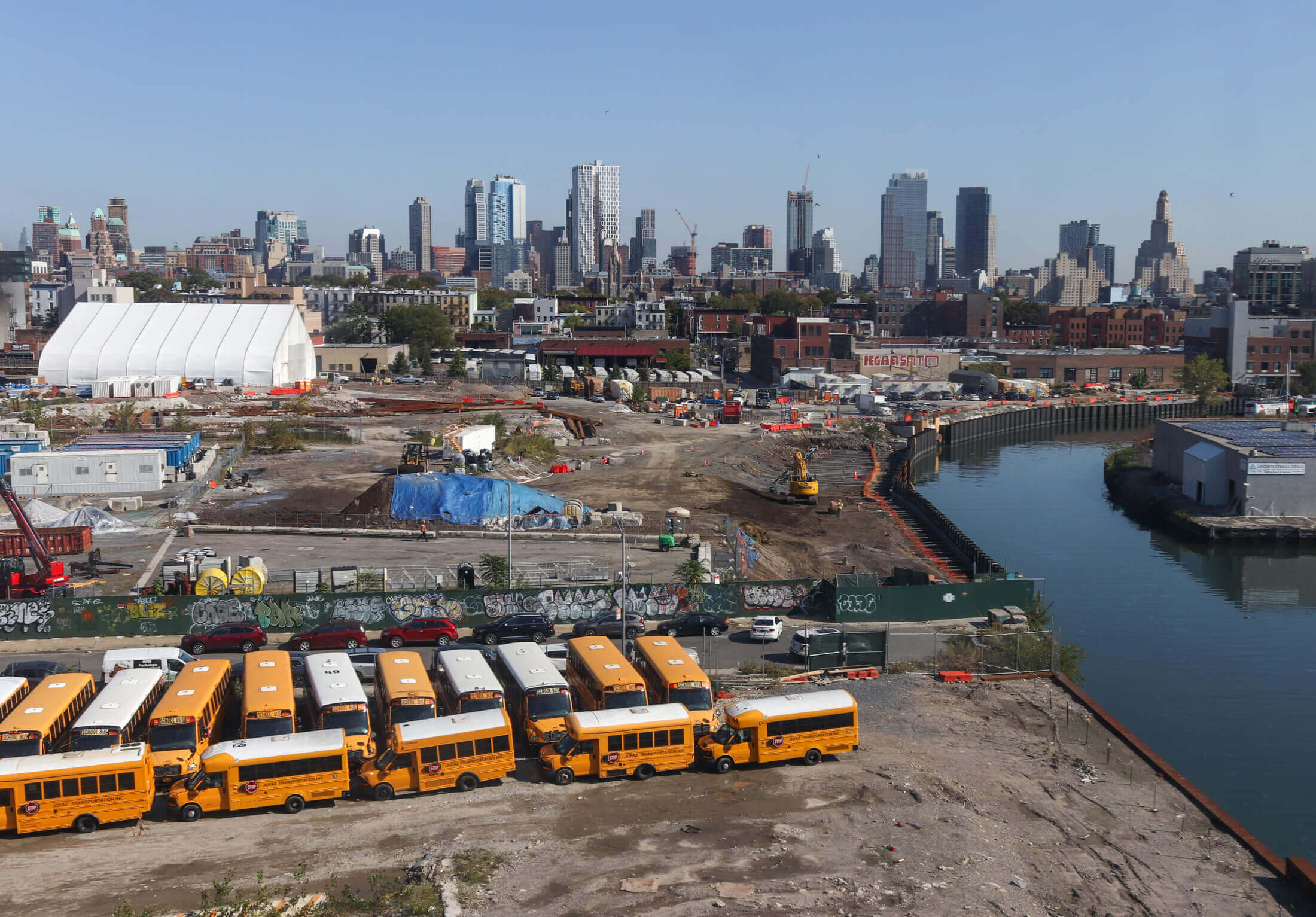
A look at the development of polluted sites, most prominently the affordable housing complex Gowanus Green slated for the toxic Public Place site, is also on the electeds’s wish list, even though EPA’s Gowanus project manager Christos Tsiamis already gave an assessment of that project’s environmental and health risks in December, which landed him in hot water with his state counterparts.
Tsiamis later clarified that the cleanup of Public Place could be done, citing similar efforts in Manhattan, but noted that federal and state agencies will have to work with the developer team and the city to ensure the safety for future residents.
Finally, the pols asked for more oversight from Washington in years to come, including in partnership with the Federal Emergency Management Agency and the US Army Corps of Engineers.
“The EPA’s diligence in pursuit of environmental protection, combined with strong communication and community partnership, has earned the trust of the community and its elected officials. We appreciate this work, and ask that you bring this due diligence to an assessment of the proposed rezoning,” they wrote.
An EPA spokesman did not immediately respond to a request for comment.
EPA will give a virtual update on the Superfund Cleanup to the Gowanus Canal Community Advisory Group via Zoom on Tuesday, May 25 at 6:30 pm. Register online here.
DCP will introduce the rezoning to Community Board 6’s Landmarks and Land Use Committee, also via Zoom on Thursday, May 27 at 6:30 pm. Register online here.
Editor’s note: A version of this story originally ran in Brooklyn Paper. Click here to see the original story.
Related Stories
- City Issues Plan for Development of Protected Industrial Zone in Gowanus
- Hybrid Public Hearing Will Move Forward in June, Judge Lifts Pause on Gowanus Rezoning
- City Adds Sale of MTA Substation Air Rights to Gowanus Rezoning
Email tips@brownstoner.com with further comments, questions or tips. Follow Brownstoner on Twitter and Instagram, and like us on Facebook.



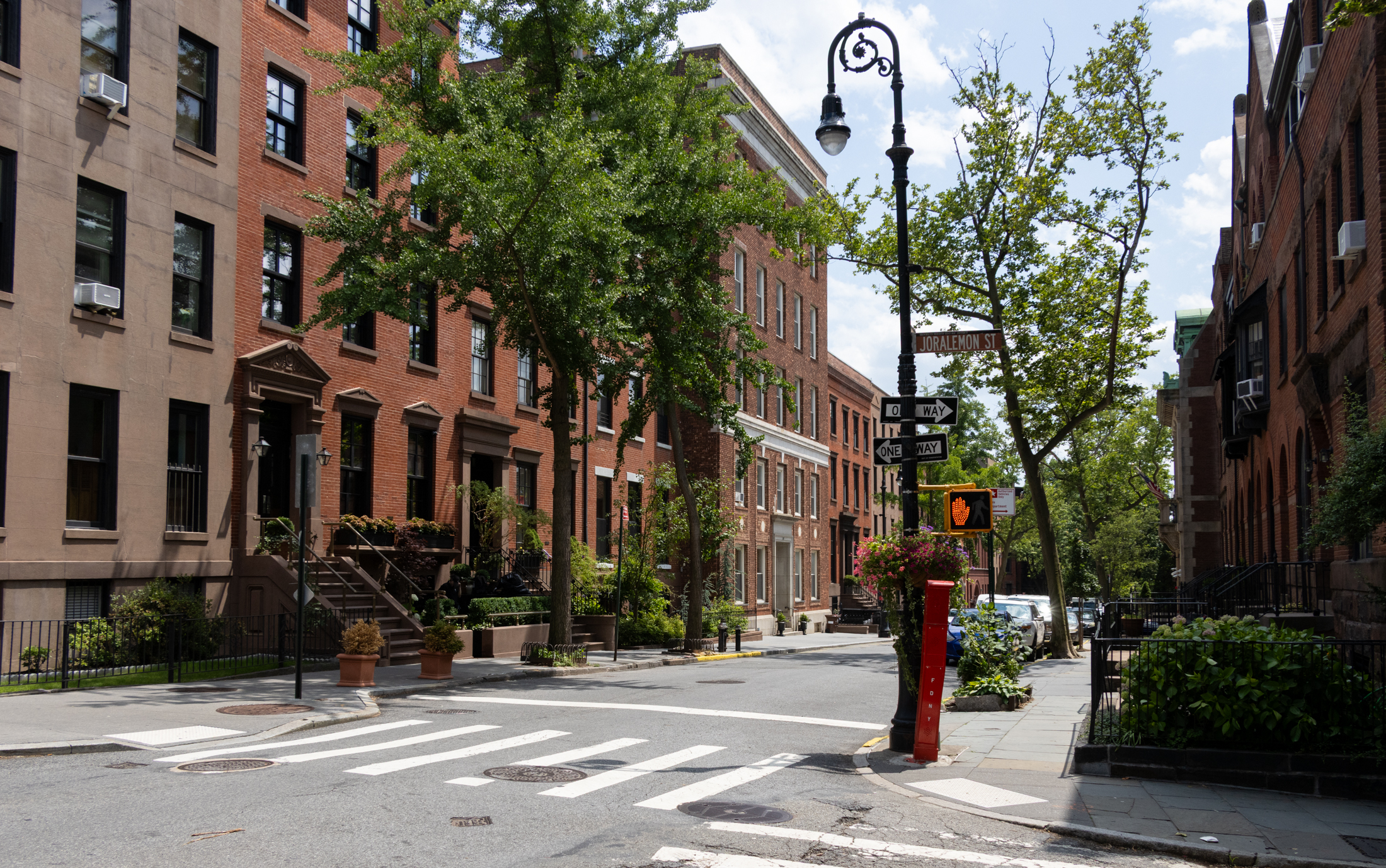
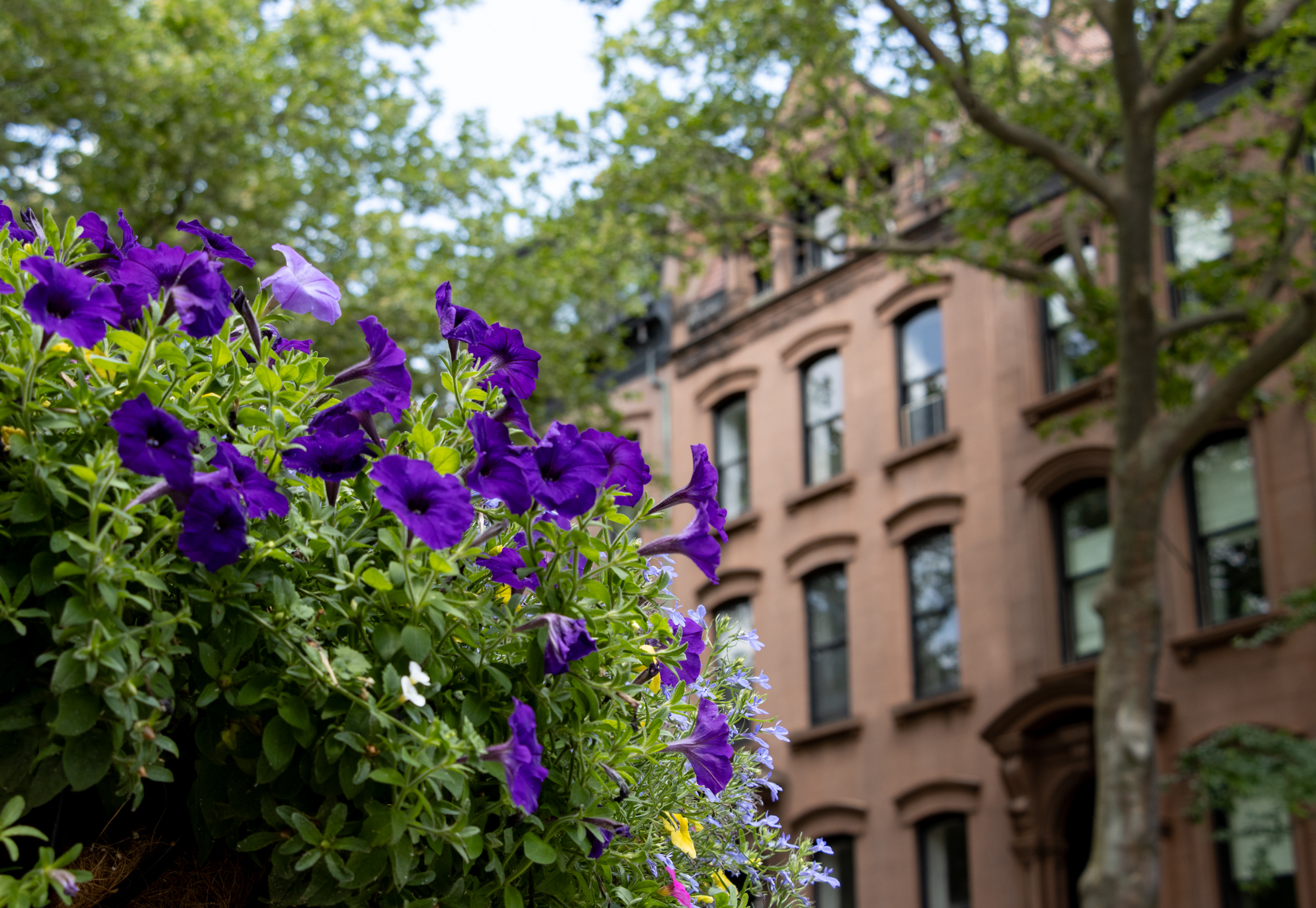
What's Your Take? Leave a Comment